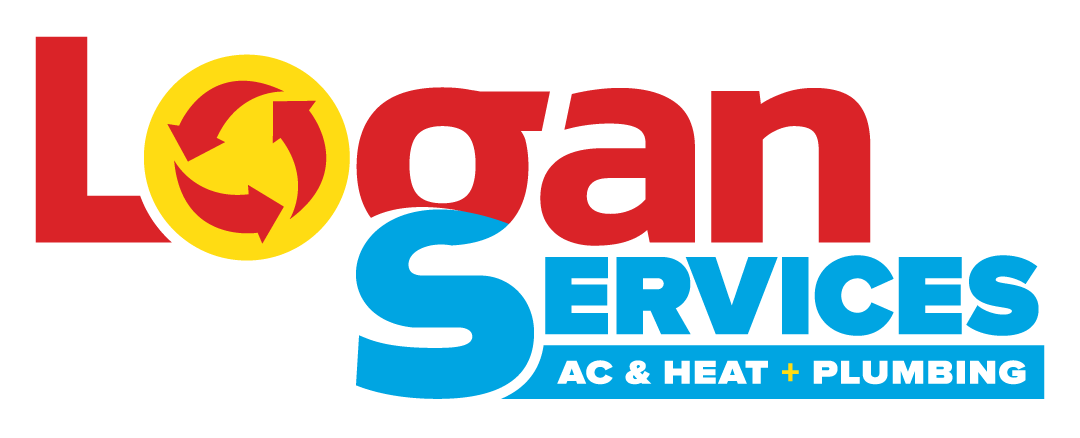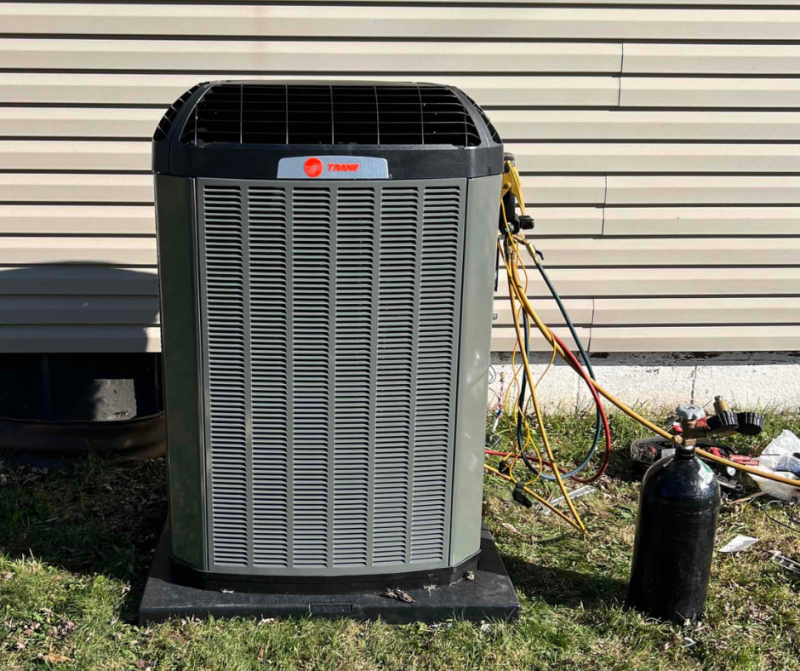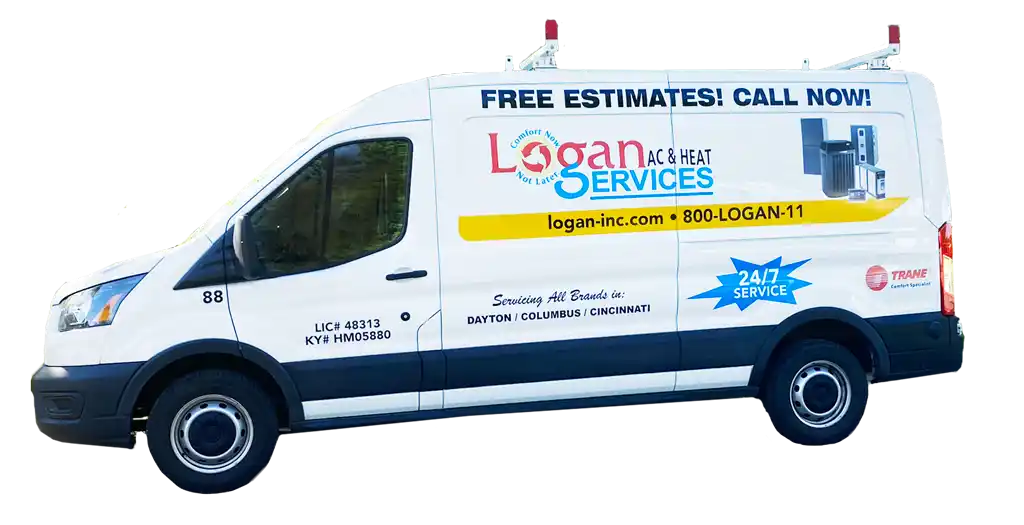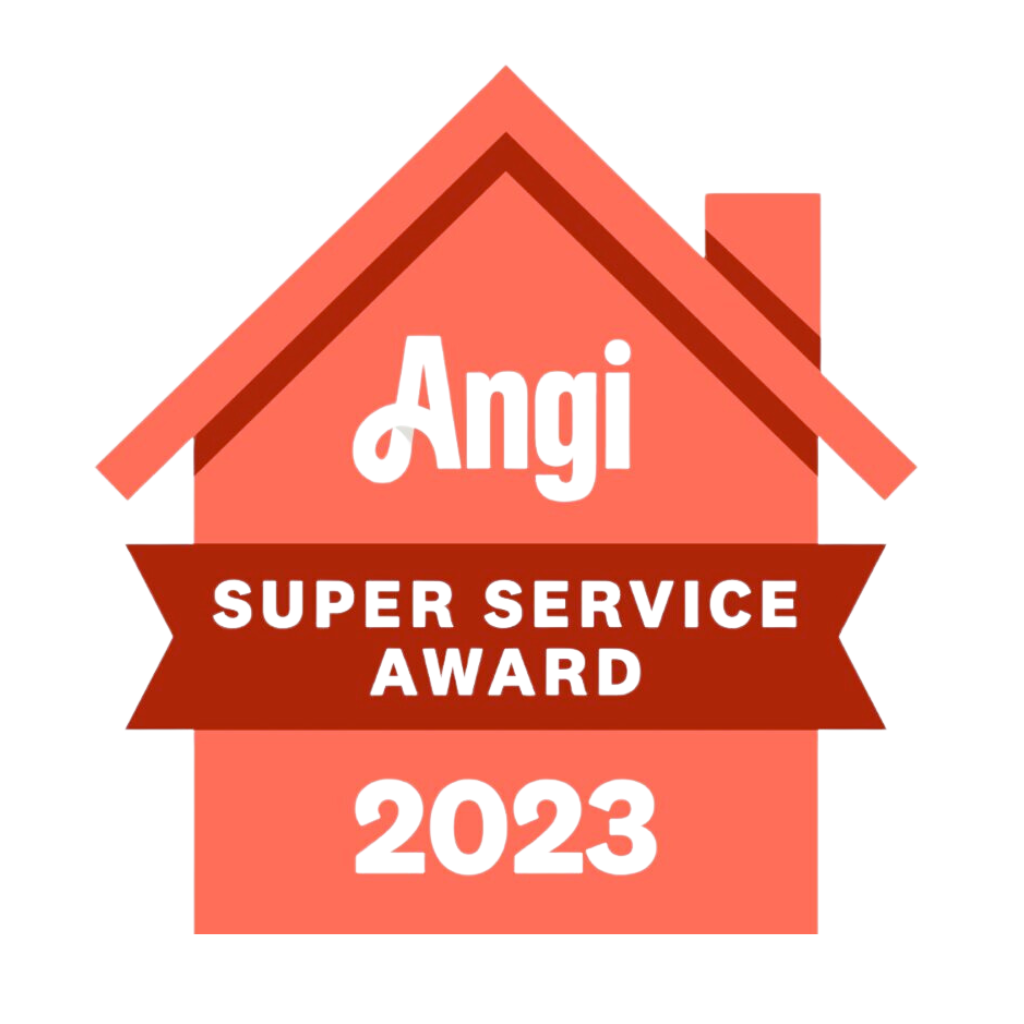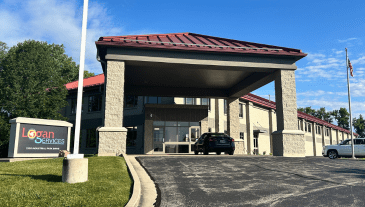A new year always brings change, and the HVAC industry is no exception to that rule.
Whether you have a resolution to improve the comfort of your home, increase your home’s energy efficiency, or plan to live hassle/worry free, pay special close attention to the upcoming changes. Some of these changes are bound to help you meet your goals and possibly save you some money in the long run.
Watch and read below for more information.
Schedule your free in-home estimate by calling us today at (800) 564-2611.
Updated: See the new refrigerants for 2025!
HVAC Refrigerant Changes from R-410a to R-454b
The change from R-410a refrigerant to R-454b refrigerant will take place later in 2023. Expect the change come mid-year. A change in refrigerant can be confusing so we wanted to share some questions we received from customers. Here is what we know about HVAC refrigerant:
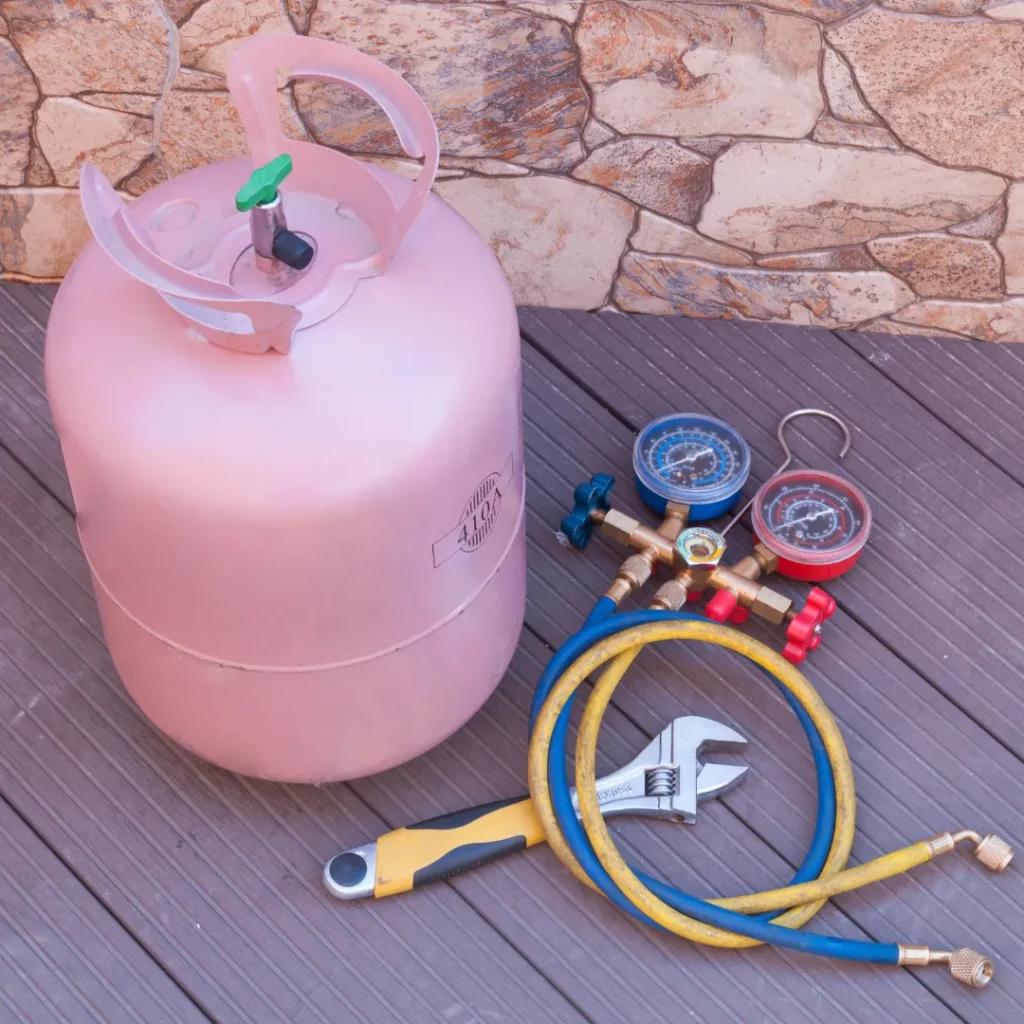
What is R-410a refrigerant?
This refrigerant is a hydroflurocarbon (HFC) commonly called Puron. This refrigerant has a high global warming potential that can contribute to climate change. It replaced R-22 or “Freon” about 20 years ago.
What is R-454b refrigerant?
It is a more environmentally friendly alternative to R-410a. The industry change will create much lower global warming potential. R-454b will work very similar to previous refrigerants, however homeowners can expect better efficiency from the new refrigerant than what R-410a or R-22 had offered previously.
Why is R-410a being phased out?
On December 27, 2020, the United States Congress passed the American Innovation Act, which directs the EPA to phase down production and consumption of hydroflurocarbons (HFCs). R-410a is not good for the environment so the change to R-454b should help lessen the carbon footprint of HVAC systems.
How Inflation Reduction Act Impacts HVAC
Recently, there has been a movement to shift to the usage of electric for powering homes, businesses, and vehicles. With the switch to electrification, the HVAC industry plays a role in decreasing its carbon footprint. This helps create a cleaner, more eco-friendly environment by cutting back on usage of fossil fuels.
The Inflation Reduction Act will be going into effect on January 1, 2023. The HVAC units that may qualify for tax incentives under the Inflation Reduction Act include high efficient electric air conditioners, electric furnaces, and electric heat pumps. ENERGY STAR will be the criteria to measure the unit qualification. Jason M., our Comfort Consultant Supervisor says, “We don’t have many details, but we will know more once the plan goes in legislation at the state level. We are aware there’s a possibility for some helpful tax incentives, so we are hoping to learn more soon.”
As soon as details become available, we will be offering more information on how homeowners can take advantage of the incentives.
Book your free estimate now to talk to one of our comfort consultants on how we can lessen your carbon footprint.
HVAC SEER Ratings Are Changing
Effective January 1, 2023 there will be new minimum efficiency standards dictated by the Department of Energy. What was known as SEER (seasonal energy efficiency ratio) will now be know as SEER2. The change takes place through a new government requirement for stricter efficiency testing. This new standard is known as the M1 Standard. New metrics are now being used to measure the energy performance of heat pumps and air conditioners.
You will notice air conditioner model numbers as well as heat pump model numbers adjust to reflect the transitions being made within the industry. Logan Services along with Trane is committed to staying compliant with these new rules and will support homeowners throughout the change.
The Housing Boom
The housing boom from 2003 – 2006 is when a lot of new houses were built, and communities were created. Do you live in a home that was built during this time? If so, read on. Many of these homes most likely had builder’s grade heating and cooling systems installed. Builder’s grade HVAC is one of the cheapest, least efficient, and least reliable types of equipment offered. These types of systems are used in new construction developments to save money – especially if the contractor is on a tight budget. Houses built during the boom are now anywhere from 16 to 19 years old, which means the HVAC systems in these homes have hit their lifespan. When an HVAC system has outlived its capabilities, replacement is most likely necessary. If you are feeling the effects of an older builder’s grade unit, it’s time to start doing your research and gathering some estimates.
Logan Services is here for all your home heating and cooling needs in 2023. Our friendly team of experts serves the Dayton, Columbus, and Cincinnati neighborhoods. Give us a call, text us or schedule your appointment online with us for heating and a/c replacement, repair, or maintenance.
FAQ’s:
How do I know what type of refrigerant my air conditioner uses?
Your air conditioner user’s guide/manual will offer much information about your system refrigerant. You can also call your HVAC installation company to ask them for guidance. However, it’s best when working with air conditioner refrigerant you call a trusted professional to handle refrigerant line repair, adding refrigerant to the system, or general ac maintenance.
What is the new HVAC refrigerant type in 2023?
R-454b is a more environmentally friendly alternative to R-410a. The industry change will create much lower global warming potential. R-454b will work very similar to previous refrigerants, however homeowners can expect better efficiency from the new refrigerant than what R-410a or R-22 previously offered.
How do I know if my air conditioner or heat pump needs more refrigerant?
There could be several reasons why your air conditioner or heat pump has stopped working. It may be low on refrigerant. This could be due to a leak in the coil. Coil leaks can sometimes occur when brazed joints become fractured or broken due to the expansion and contraction of the metal. If a leak is detected, a service technician will be able to guide you through the repair process which likely will include professionally repairing the leak and adding refrigerant to the line.
Is R-22 or R-410a expensive?
As R-22 and R-410a are phased out due to federal government regulations, it becomes difficult for heating and air conditioning companies to acquire these refrigerants. That typically increases the cost due to lack of availability. Homeowners are encouraged to weigh the pros and cons of repair vs. replacement if they encounter loss of refrigerant within the heat pump or air conditioner.
About the author:
Kelsey C., the author of this blog is the Marketing Specialist at Logan Services A/C, Heat & Plumbing. At Logan Services she writes blogs for the website, creates posts for social media networks, and optimizes the Youtube channel. When not working in the office, Kelsey enjoys traveling to many different places, reading, and hanging out with her husband and dog.
Information provided by: Bill W., who is the Field Services Supervisor. He helps train service technicians and makes sure that our customers service needs are taken care of. He enjoys working with and meeting customers and the accomplishment he feels after helping a customer. When not out in the field he works on his Jeep, plays video games, and hangs out with his son.
Quote provided by: Jason M., who is the Comfort Consultant Supervisor. He works with our comfort consultants to ensure that they are providing our customers with the best options and estimates for HVAC replacement. When not working, you can find Jason in a tree stand hunting for deer.
